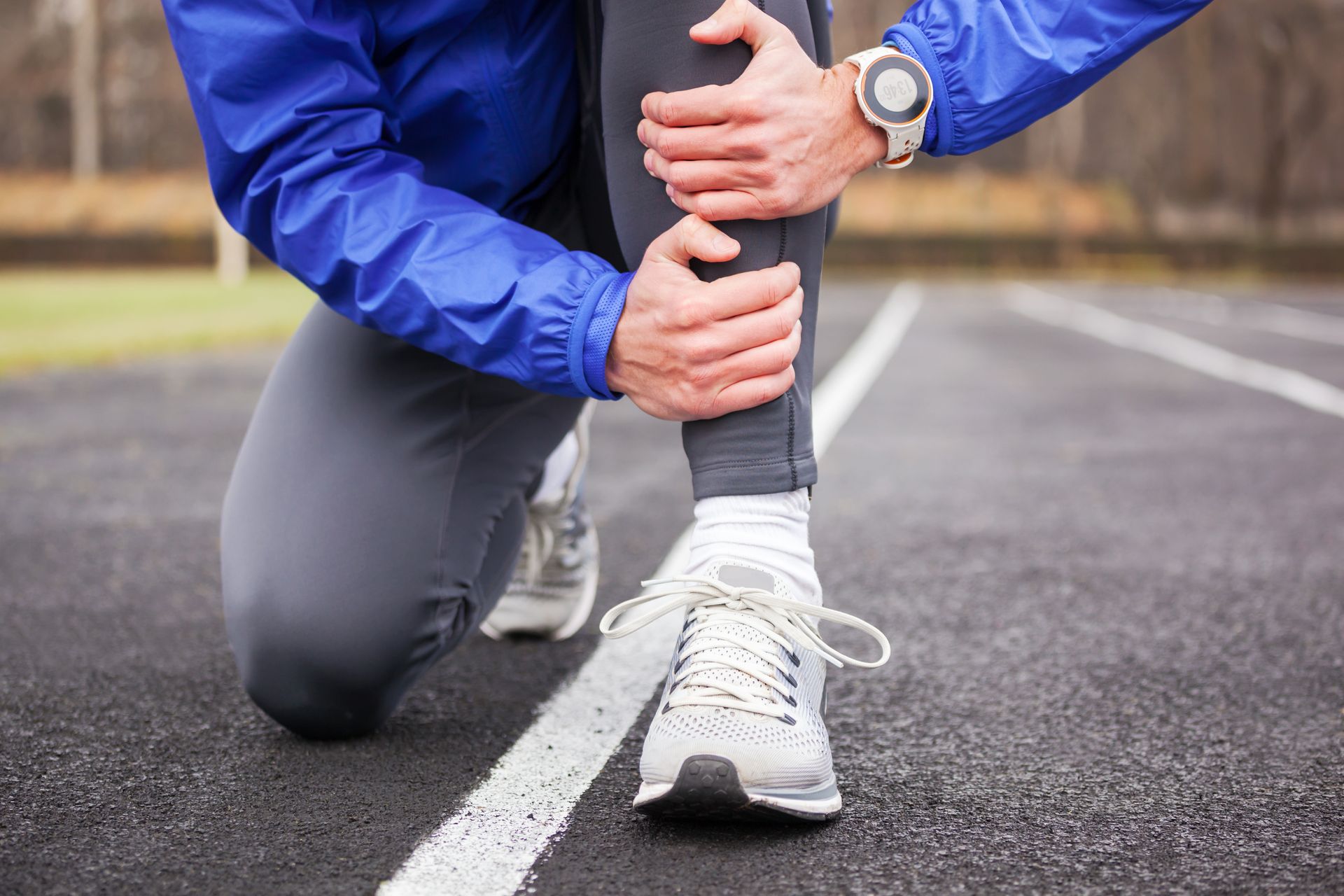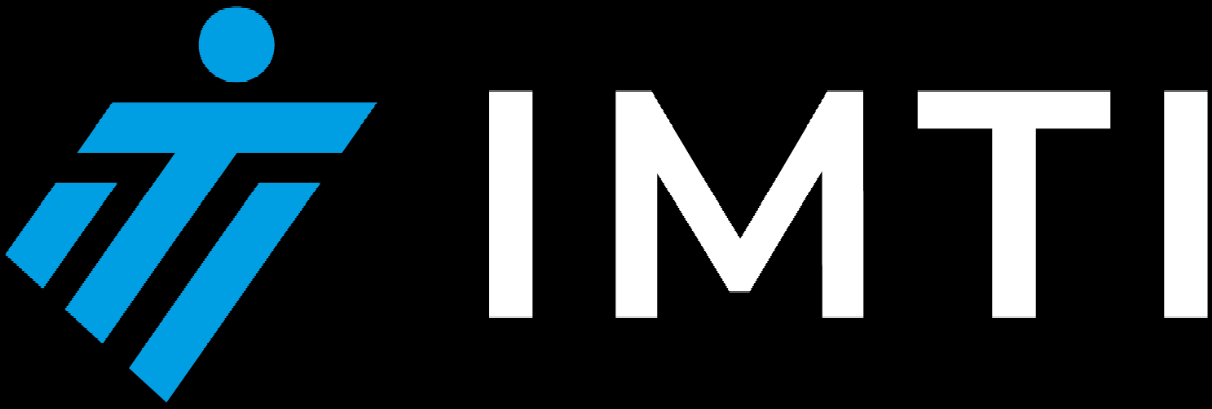Puberty is a time of significant physical change. As children transition into adolescence, their bodies undergo rapid growth, with bones lengthening and muscles struggling to keep up. While this period is exciting for young athletes eager to grow stronger and faster, it also comes with a hidden challenge—altered motor control that can increase the risk of injury.
The Impact of Growth Spurts on Movement
During puberty, growth often occurs unevenly. Bones lengthen quickly, while muscles, tendons, and ligaments take time to adapt. This discrepancy can lead to:
- Decreased coordination – Movements that once felt natural may suddenly become awkward as the body adjusts to its new proportions.
- Reduced stability – Rapid growth can affect balance, making young athletes more prone to falls and missteps.
- Increased joint stress – As bones grow, the increased leverage on joints can lead to instability and a higher risk of strains or sprains.
- Weakened neuromuscular control – The nervous system has to recalibrate how it controls movement, which can momentarily reduce reaction time and strength output.
Common Injuries in Growing Adolescents
Due to these changes, young athletes are more susceptible to specific injuries, including:
- Osgood-Schlatter disease – Knee pain caused by stress on the growing tibial tuberosity.
- Sever’s disease – Heel pain resulting from tension on the Achilles tendon and growth plate.
- ACL injuries – A common knee injury in rapidly growing athletes, especially those involved in sports requiring sudden stops and changes in direction.
- Shin splints and stress fractures – Bone growth can outpace the ability of the surrounding muscles to absorb impact, increasing the risk of overuse injuries.
The Role of Supervised Training in Injury Prevention
While rapid growth is unavoidable, proper supervision and training can significantly reduce the risk of injury. Here’s how:
- Movement screening – Identifying mobility restrictions and muscle imbalances can help guide personalized training interventions.
- Strength and stability training – Targeted exercises can improve neuromuscular control, reinforcing proper movement patterns.
- Flexibility and mobility work – Stretching and soft tissue care help muscles and tendons adapt to changing bone structure.
- Progressive load management – Training intensity should be adjusted based on the individual’s growth phase to prevent excessive stress on developing joints.
- Education and awareness – Teaching young athletes about body mechanics and injury prevention empowers them to move more efficiently and safely.
Conclusion
Growth spurts are a natural part of adolescence, but they can also be a vulnerable time for developing athletes. By understanding the effects of rapid growth on motor control and implementing structured, supervised training, we can help youth navigate this phase safely—building strength, coordination, and resilience for long-term success in both sports and life.
If your child is experiencing growing pains, decreased coordination, or recurring injuries, a movement assessment can help identify the root cause and create a plan for safe, pain-free development. Reach out to learn more about how we can support your young athlete’s journey!





